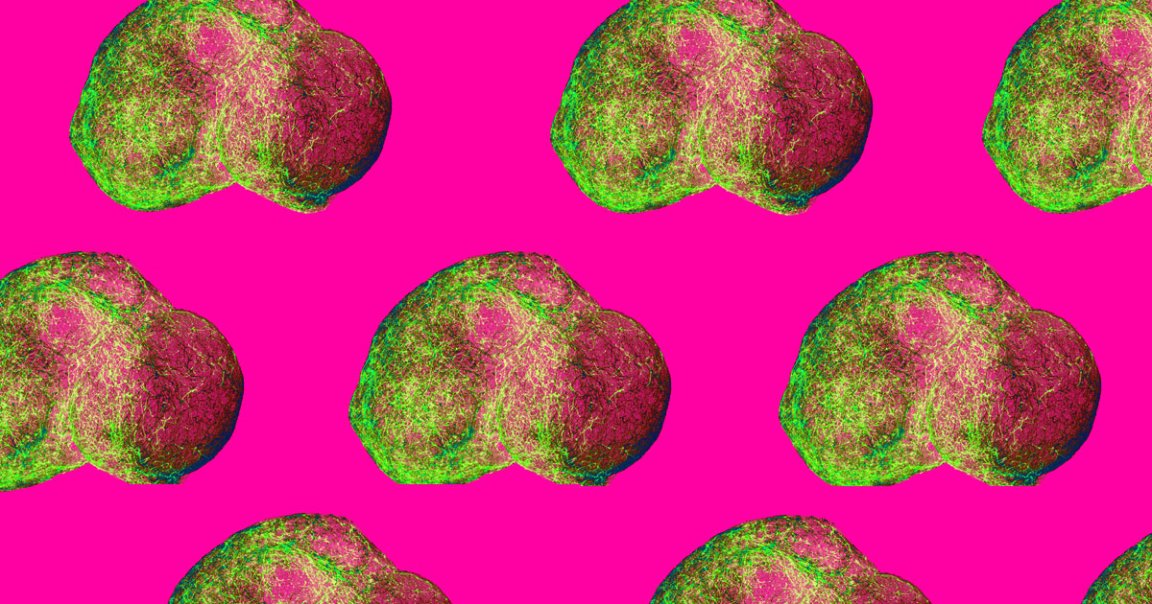
Home-Grown
For years, scientists have been working to improve upon their lab-grown organoids, which are simplified versions of human organs that could be used to test out new pharmaceuticals or other medical treatments.
Now, a team of Japanese researchers has developed a mini brain that shows not only the complex three-dimensional structure of the cerebral cortex, but also coordinated neural activity, according to Physics World. The development suggests doctors will be able to better study neurological conditions without needing to slice any human brains.
Biomimicry
The mini brains were grown from cultured pluripotent stem cells – cells taken from an adult that can then become any type of cell. After growing a clump of the brain cells, the team separated them and placed them individually into a petri dish, where they automatically formed neural networks among themselves, according to research published in the journal Stem Cell Reports on Thursday. That is to say, the cells organized themselves into a structure resembling the cerebral cortex.
“One of the most interesting properties of these organoids is that they actually recapitulate the developmental process of the cerebrum in their shape,” Kyoto University geneticist Hideya Sakaguchi told Physics World. “Their layered structure is very beautiful and looks just like actual brain tissue.”
Lab Samples
The brain is a jarring example of how good scientists are getting at rebuilding organs from scratch. The artificial neurons behave like those in our brain, per the study, but they can never become conscious or grow into a full organism.
Rather, the organ serves more as a research tool, letting scientists get a hands-on understanding of what happens beneath the hood.
READ MORE: Mini neural networks mimic the human cerebrum [Physics World]
More on mini brains: A Lab Grew a “Mini Brain” From This Guy’s Cells. Then Things Got Weird.